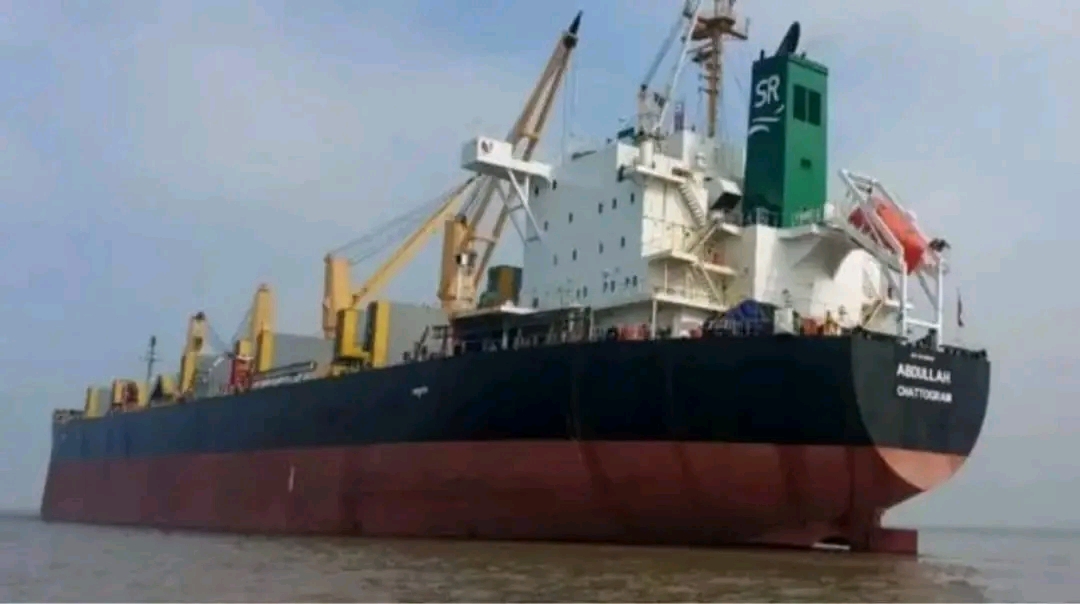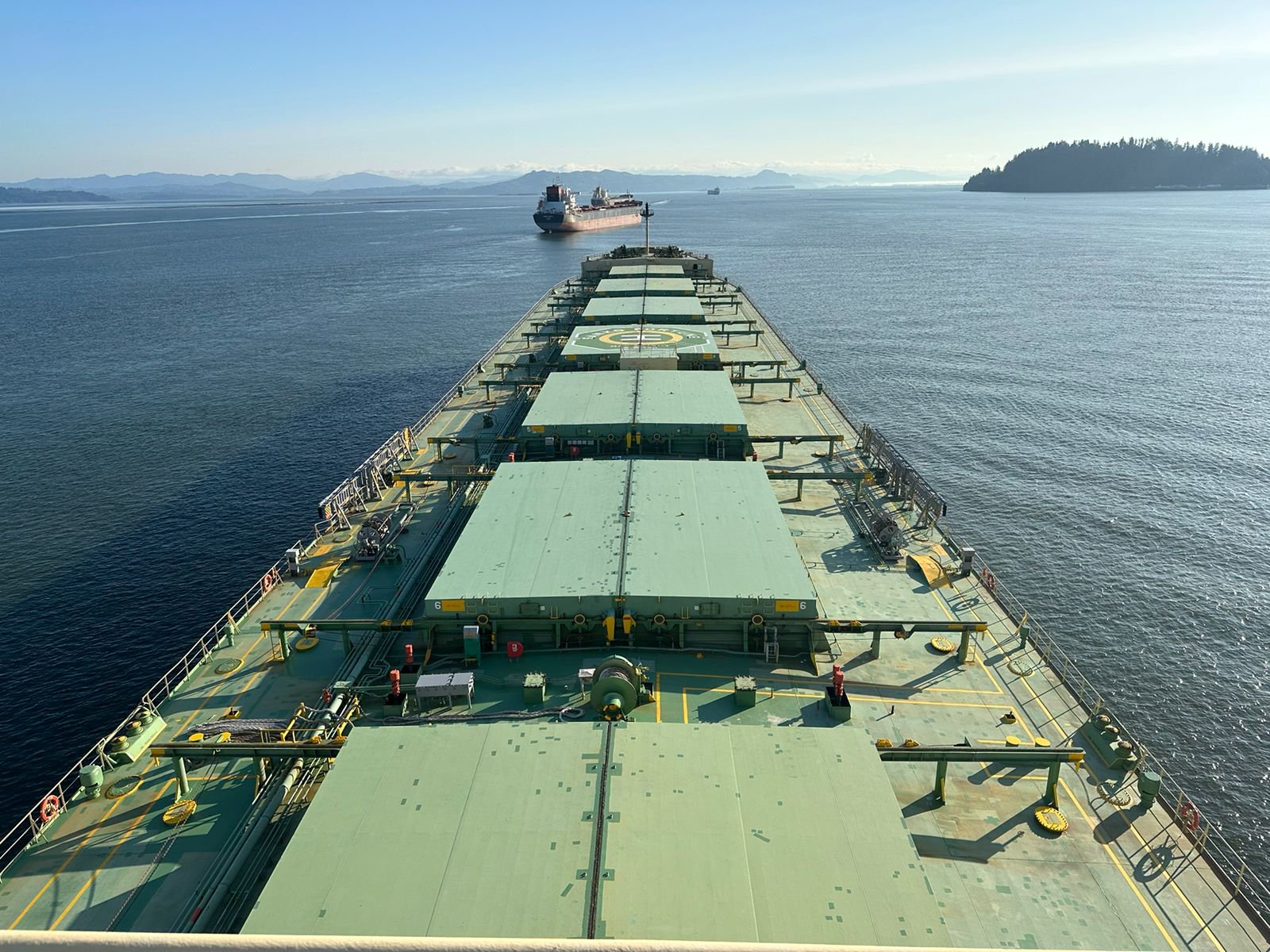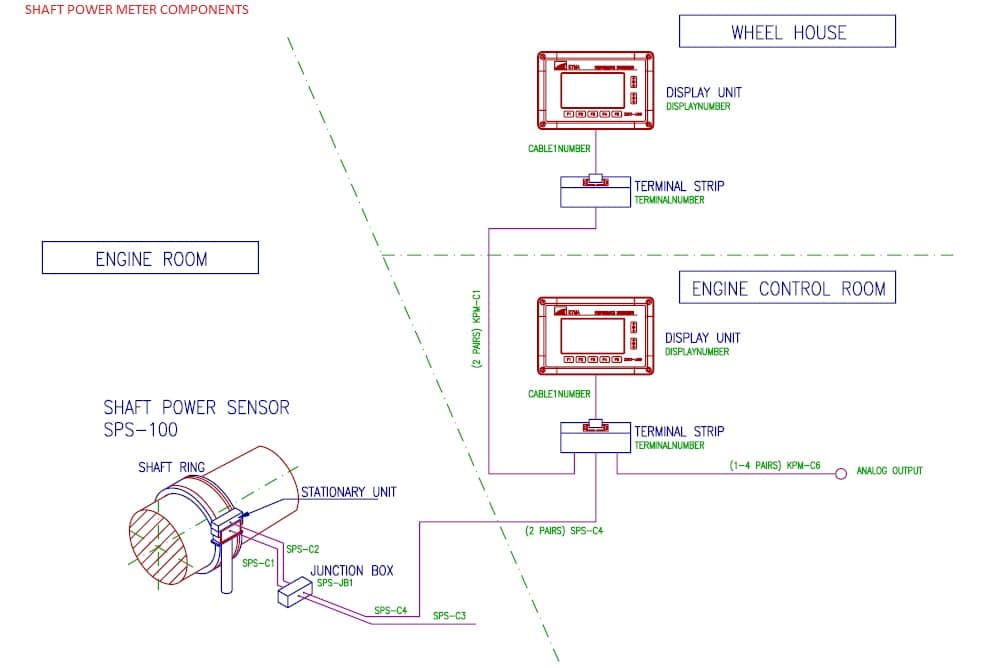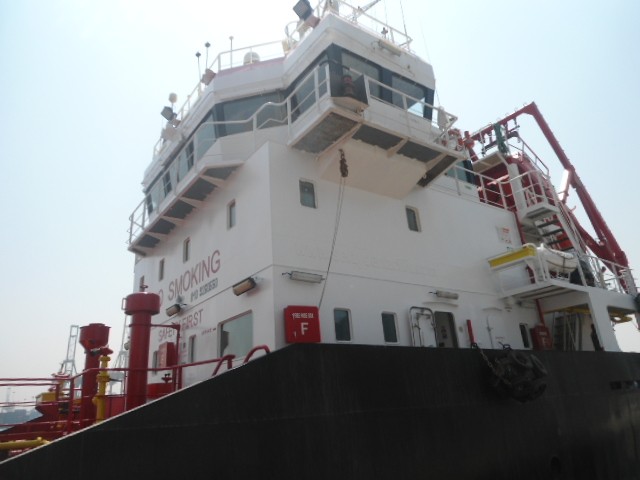Following the tension in the Middle East and security risks in the main water ways around the Arabian Peninsula have propel the world marine insurers’ organizations to expand their high risk areas in and around the Persian Gulf.
According to the report released on Friday, the Joint War Committee of Lloyd’s Market Association, which includes underwriting representatives from both the Lloyd’s and the International Underwriting Association (IUA) of London raised the security risk status of key areas in the Persian Gulf and surrounding waterways
This came after last week’s two incidents where two Saudi oil tanker Ships Sabotaged near the United Arab Emirates (UAE) and a drone attack on a key onshore oil pipeline in Saudi Arabia.
Recent news: 2 cargo ships collided in marmara sea
It’s still not yet clear regarding method used on the tankers explosion and people behind it.
However, the war committee’s has Listed Security risk Areas within middle East which now includes: Iraq offshore oil terminals, Iran, Lebanon, Israel, Oman, the UAE, the Persian Gulf, the Gulf coast of Saudi Arabia, Gulf of Oman, the Red Sea coast of Saudi Arabia excluding transits, Yemen and Syria.
According to Bloomberg, “Not since 2005 have the world’s insurers considered shipping in the Persian Gulf so Risky for oil tankers in area.”
Also, (see IMB Contact hotline for Opened for seafarers
As per the oil marketers analysis, it adds that while the shipper and shipping companies stick with insurance cost due to risk in the area, this might influence the oil prices in near future.
Like this post? Subscribe below to read directly on your email.









